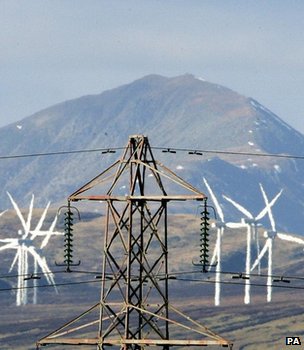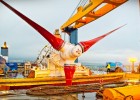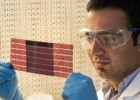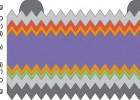Frozen Air Energy Storage - To Increase Efficiency Of Renewable Energy Sources
Energy storage has been one of the biggest issues with harnessing power from renewable energy sources like the sun and the wind. Because these sources are intermittent in nature, energy can be wasted when demand is low and supply is high. On the other hand, we might lack the supply when energy demand is at peak.
Investor, Peter Dearman, believes that ‘frozen air’ battery system might be the solution. Working out of his garage in Hertfordshire, UK, originally developed his “cryo-power” technology for vehicles, but as it turns out his invention might just be the ticket to a more efficient renewable energy storage. By using energy from peak production times to cool air into a liquid state, the liquid is then vaporized and the energy released is used to turn turbines, thus generating energy on demand.
This is an intriguing and new concept for storing excess energy from renewable sources. Its main advantage is compactness of implementation, compared to existing methods like using pushing water up to mountains or elevated areas as means of energy storage.
Peter Dearman, an inventor working out of his garage in Hertfordshire, UK, originally developed his “cryo-power” technology to power vehicles, but it turns out that his invention just might be the ticket to efficient renewable energy storage.
Dearman’s ‘frozen air’ energy process begins during off-peak hours, when the electricity generated by wind or solar plants is used to chill air (after removing the water vapor and CO2) down to -310F, turning it into a liquid state. The resulting ‘liquid air’ is stored in a vacuum flask, and when power demand rises, that liquid gets warmed to ambient temperature. The warming of the liquid air vaporizes it and the resulting increase in pressure drives a turbine for generating electricity.
According to the BBC, Dearman says he felt that his ‘liquid air’ technology could compete with other energy storage systems because it isn’t reliant on traditional (and sometimes scarce) materials in its construction.
“I have been working on this off and on for close on 50 years. I started when I was a teenager because I thought there wouldn’t be enough raw materials in the world for everyone to have a car. There had to be a different way. Then somehow I came up with the idea of storing energy in cold.” - Dearman
Currently the process still performs with 25% efficiency, much like other existing methods do. And this is still considered as a low rate. But the company believes that with large scale implementations, the conversion could be up to 70% efficient.
sources: bbc news, discovery news








